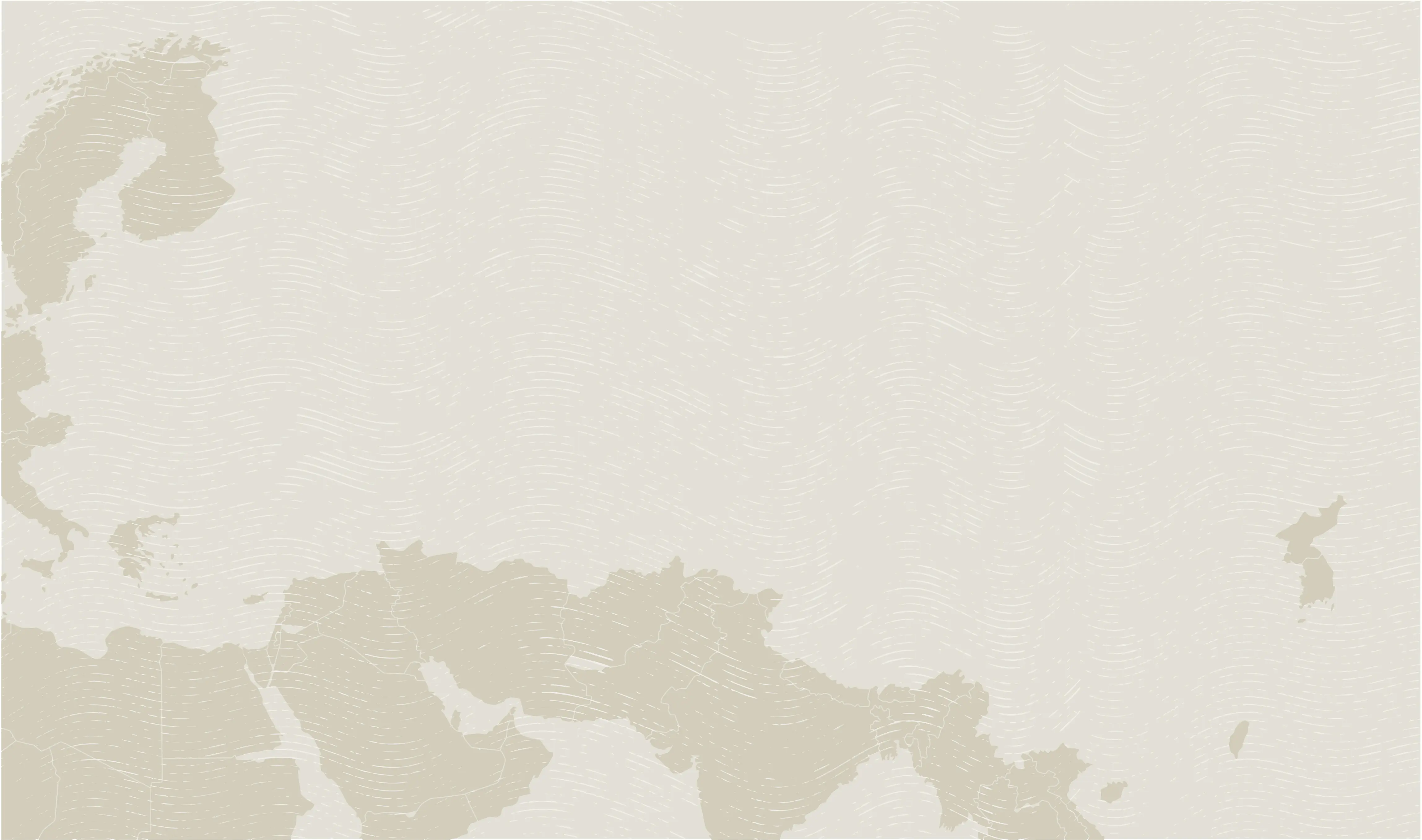Places to Go, People to See in Mongolia: 7 Favorites
Mongolia, the “Land of the Blue Sky,” is an immense country covering thousands of miles of steppe and desert between Russia and China. For centuries, Mongolia’s remote location kept this rugged and beautiful land isolated from much of the world. As the country propels itself headlong into the 21st century, its people continue to hold fast to nomadic traditions that have changed little throughout the centuries.
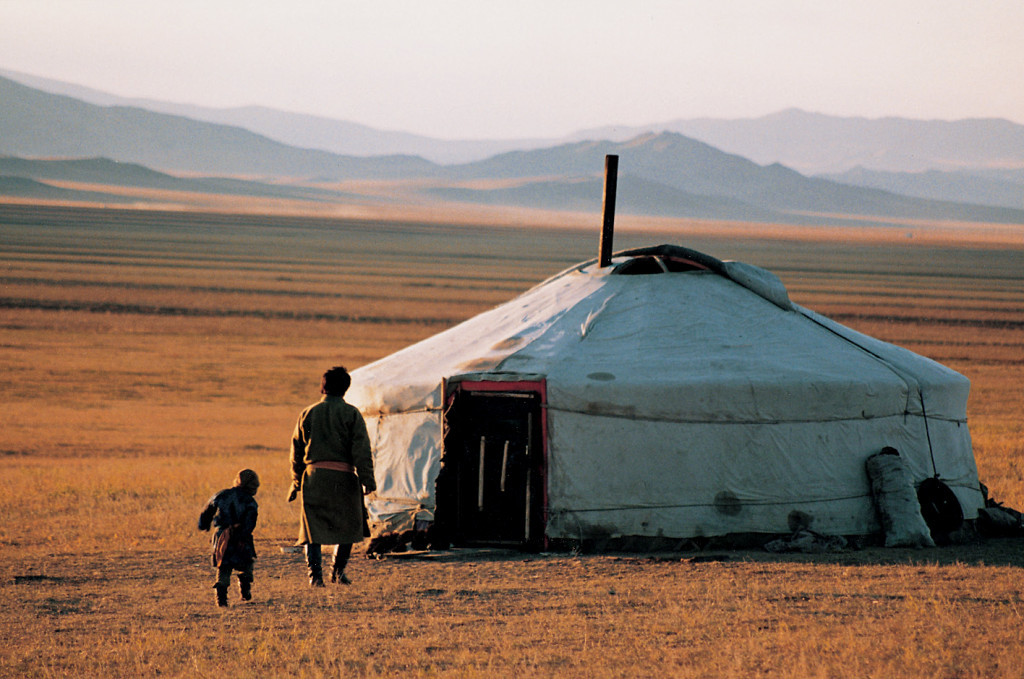
It’s an adventurous destination, where 4X4s navigate the dirt tracks across the steppe and through the Gobi Desert; where you can still meet nomadic people in their gers and step into their lives for a moment; and where the incredible skills of ancient armies are preserved at the remarkable Naadam Festival – a celebration of courage, strength, dexterity, and marksmanship dating back to the time of Genghis Khan.
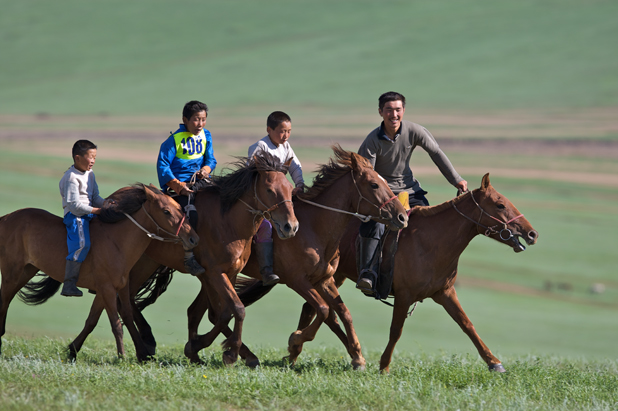
The time to visit is now. Huge reserves of gold, copper ,and coal have created deep global interest in what can be found under Mongolia’s endless grasslands.
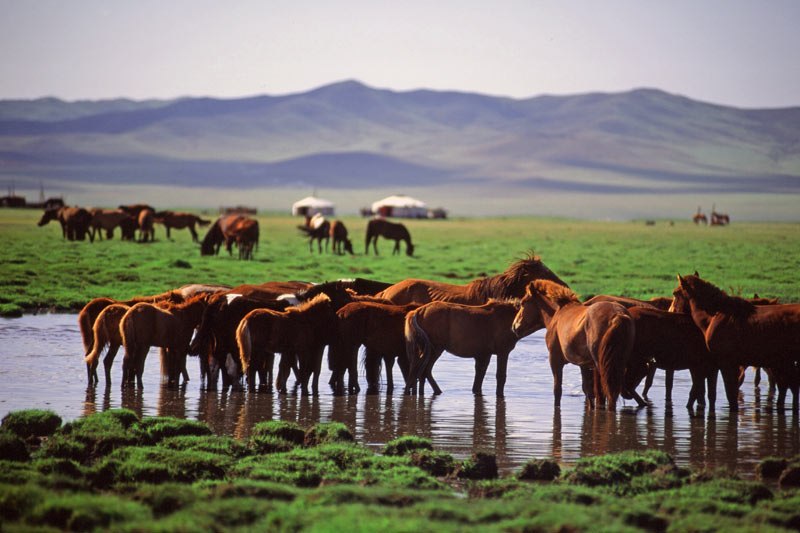
For a brief look at what this extraordinary land has to offer, check out the following video by filmmaker Brandon Li:

Here are our picks for seven reasons to visit Mongolia:
1. Naadam Festival
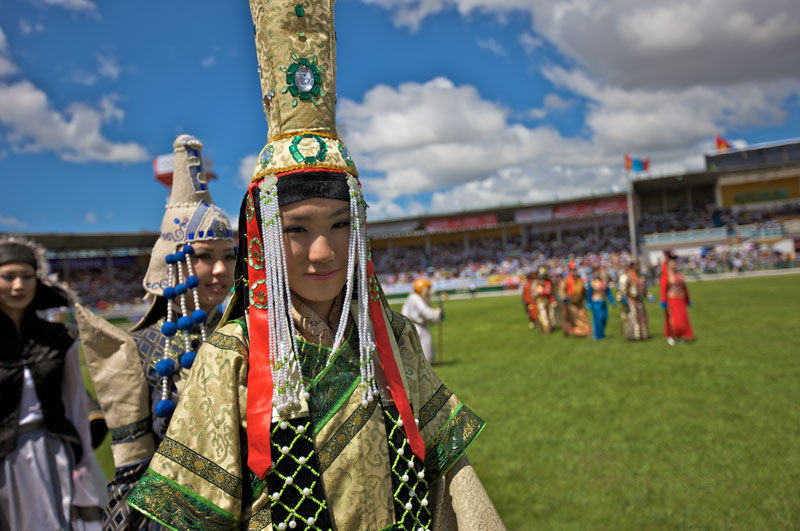

Many MIR clients like to arrive in Mongolia in July in time for the annual Naadam Festival. The biggest and most spectacular celebration is in the capital – Ulaanbaatar – with participants, competitors, and spectators arriving from across the country. The Opening Ceremonies set the scene, and the archery, horse-racing, and wrestling competitions continue the excitement.
A more intimate, up-close-and-personal experience of the Naadam festivities can be found in rural areas, where locals stage their own smaller, local country Naadam games and parades.
Suggested Travel Options:
MIR offers a variety of small group tours and rail journeys by private train that include a stop at the Naadam Festival:
- Mongolian Explorer: The Gobi & Beyond with Naadam Festival
- Mongolia to Moscow: A Trans-Siberian Railway Adventure
- The Trans-Siberian Mongolian Route with Naadam Festival (Eastbound/Westbound)
Or you can attend a local Naadam celebration out in the Mongolian countryside on MIR’s small group tour Siberia & Mongolia: Spirits & Nomads.
2. Breathe in Mongolia’s Boundless Natural Beauty at Lake Hovsgol
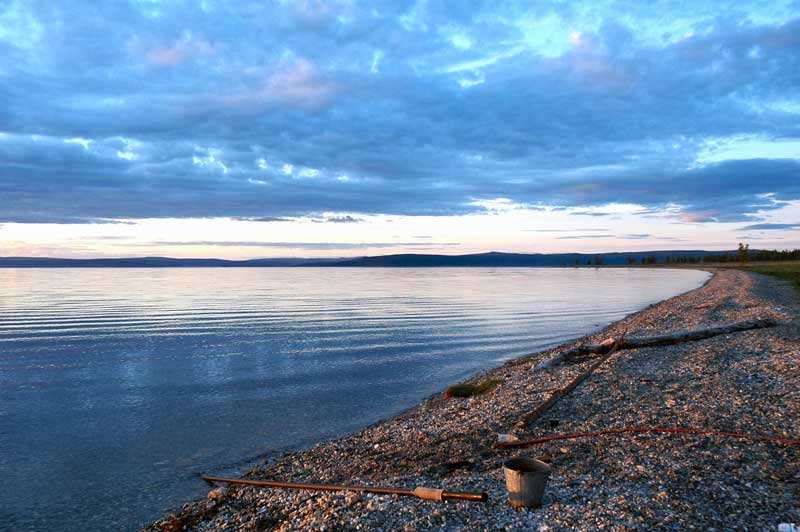

Alpine Lake Hovsgol in northern Mongolia is the country’s second-largest – and oldest – lake. The southernmost lake in the 25-million-year-old Baikal Rift Zone, Hovsgol is probably more than two million years old. Set amidst some of Mongolia’s most beautiful scenery, where the steppe meets the taiga forest of Siberia, the lake is surrounded by a national park.
The cold, pristine waters of the lake remain clear up to 50-75 feet and abound with species of fish and plankton found nowhere else on earth. The lush meadows of the park support moose, elk, deer, the reindeer herds of the Tsataan nomads, and shelter thousands of migratory birds on their way north to Siberia.
Suggested Travel Options:
Travel to Lake Hovsgol with MIR on our small group tour Mongolian Explorer: The Gobi & Beyond with Naadam Festival.
3. Take in the Eerie & Otherworldly Sounds of Throat-singing
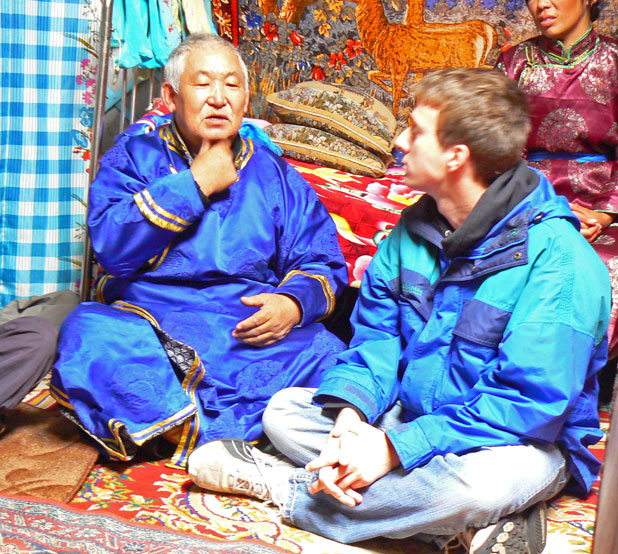

You shouldn’t visit Mongolia without attending a performance of the buzzing, blurred tones and hypnotic drones of throat-singing. An art practiced only by singers in Mongolia, Tuva, Buryatia, and Karakalpakstan, it is strangely beautiful – once you get used to it. In throat-singing, a single vocalist produces two and sometimes three distinct tones, or overtones, simultaneously – unnerving at first, but increasingly captivating as the performance continues.
Check out the following video to get a sense of the the haunting, multi-layered tones of Mongolian throat-singing:
Suggested Travel Options:
You can listen to throat-singing in person on a variety of MIR small group tours to Mongolia.
4. Explore the Glorious Gobi Desert
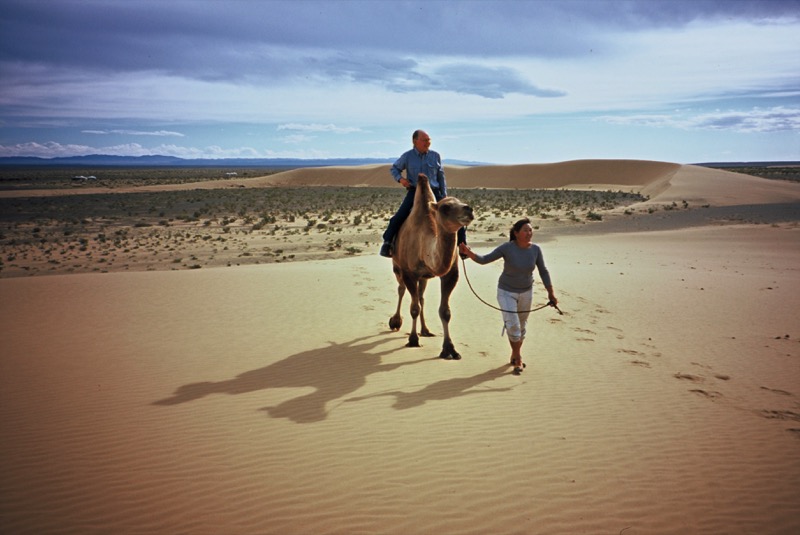

Stretching nearly 3,000 miles along the border of Mongolia and China, the vast Gobi Desert has long been regarded as one of the world’s harshest terrains. Despite its reputation, this legendary desert continues to draw curious travelers year after year, many of them fascinated by the Gobi’s Silk Route history, as well as its surprisingly rich ecosystem. Incredible natural wonders are just waiting to be discovered here — craggy red cliffs glowing in the sunset, billowing sand dunes, rugged ice-filled canyons, and a stunning array of rare and diverse wildlife.
A must-see site when traveling through the Gobi are the Flaming Cliffs. Named for their red-gold luminescence in the rays of the setting sun, these cliffs are one of the most renowned paleontological sites in the world – making them as important as they are beautiful.
If you’re up for something a little more adventurous, be sure to set aside some time for an exciting (albeit a little bumpy) camel ride through the dunes of the Gobi.
Suggested Travel Options:
A visit to the Gobi Desert is included in these MIR small group tours:
5. Visit the Traditional Home of a Mongolian Nomad
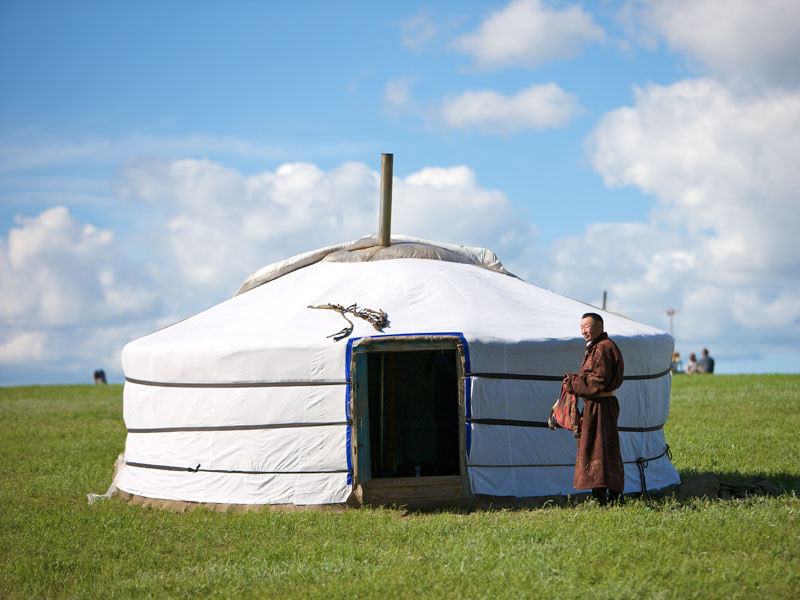

MIR tours are known for the inclusion of serendipitous meetings, visits, and opportunities to interact with the people of our favorite countries – and a visit to the home of a nomadic family is a perfect opportunity to gain an appreciation for the pastoral lifestyles and traditions of Mongolia’s nomads. There are still many opportunities to visit with local herders in their portable homes, called gers, whether on the steppe, in northern Mongolia near Lake Hovsgol, or in the Gobi Desert.
Guests are often treated to snacks and cups of salted and buttered tea, a staple of nomadic herders. However, some visitors may also have the opportunity to see a traditional Mongolian dance performance, as shown in the following video:
Suggested Travel Options:
A chance to visit a family of nomads in their ger is included on these MIR small group tours and rail journeys by private train:
- Siberia & Mongolia: Spirits & Nomads
- Mongolian Explorer: The Gobi & Beyond with Naadam Festival
- Mongolia to Moscow: A Trans-Siberian Railway Adventure
- The Trans-Siberian Express Between Moscow & Beijing: Eastbound / Westbound
MIR’s small group tours to Mongolia also include one or more overnight stays in a ger, ranging from simple ger camps in alpine Gorkhi-Terelj National Park to more luxurious gers at the Three Camel Lodge in the Gobi.
6. Eagle Festival
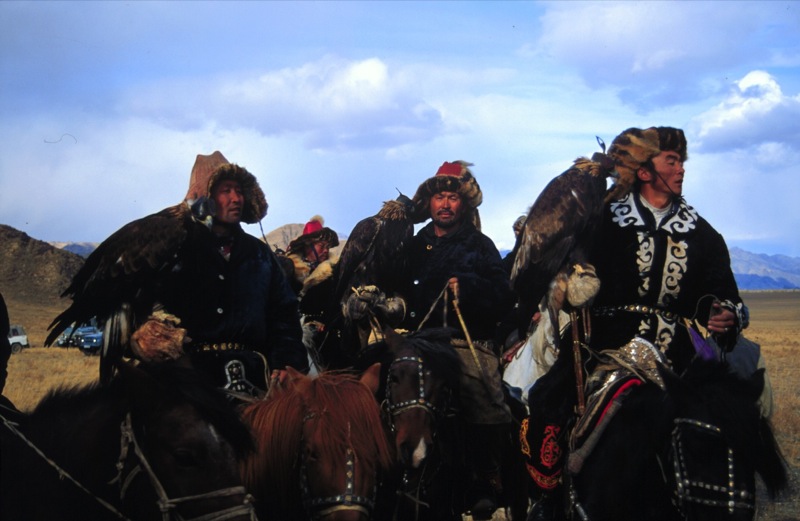

Bayan-Ulgii is the westernmost province of Mongolia, and one of its most scenic. Dominated by the Altai Mountains, the region is perhaps best known as the home of Kazakh nomads – who in the winter months hunt with trained Golden Eagles, a tradition passed down from their Turkic ancestors. Travelers can meet local families to learn more about the Kazakh culture as they attend the annual Golden Eagle Festival.
Suggested Travel Options:
Enjoy the annual Golden Eagle Festival in all it’s unique glory on MIR’s small group tour Mongolia’s Golden Eagle Festival.
7. Marvel at the Legacy of Genghis Khan’s Legendary Empire
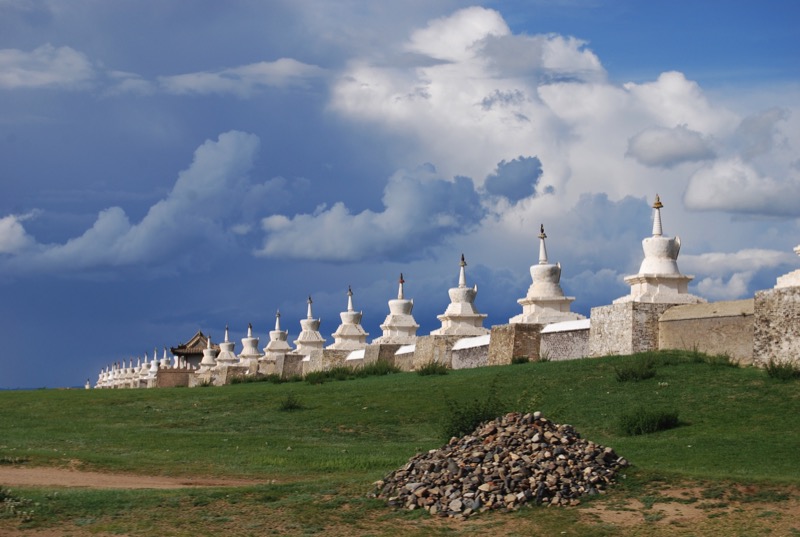

Centuries after his death, Genghis Khan continues to remain a heroic and highly revered figure throughout modern Mongolia, as well as a subject of fascination for Western history buffs. If you’re craving to know more about this legendary warrior’s achievements, then a visit to the ruins of Kara Korum – the UNESCO-listed 13th century city that once served as his seat of power – is a must.
At its zenith, Kara Korum was visited by delegations from all over the world. Little remains of the city now except ruins, including an enormous stone tortoise once thought to have protected the city from invaders. But what stands today offers a powerful image of the enormous scale and reach of Genghis Khan’s ancient empire.
The stones of the ruined capital were used to build nearby Erdene Zhu Monastery, the first Buddhist center in Mongolia. Built in 1586, the monastery stretches nearly a quarter of a mile in either direction and is surrounded by a brick wall with 108 stupas, or shrines.
Suggested Travel Options:
A tour of fabled Kara Korum is included on our small group tour Mongolian Explorer: The Gobi & Beyond with Naadam Festival.



Travel to Mongolia with MIR
MIR has more than 30 years of experience handcrafting tours to Mongolia. Our full service, dedication, commitment to quality, and destination expertise have twice earned us a place on National Geographic Adventure’s list of “Best Adventure Travel Companies on Earth.”
You can view many of Mongolia’s majestic sites on MIR’s small group tours and rail journeys by private train. You can also opt to travel on a private journey to Mongolia on either our pre-made Essential Mongolia trip, or a customized journey designed to fit your desired dates, interest, and travel style.


















